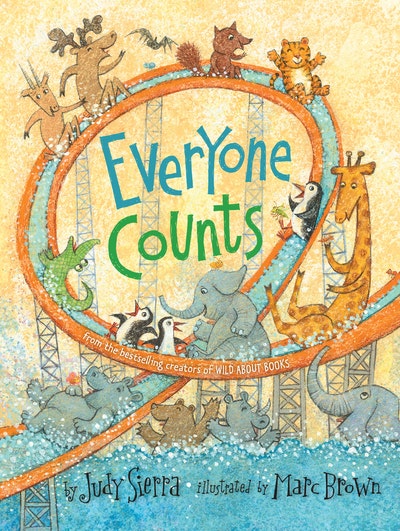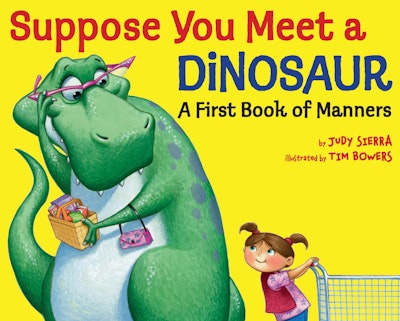Poetry and folklore have enchanted me since childhood. My parents began reading poems to me when I was two years old, and they encouraged me to learn my favorite verses by heart. By the time I was in second grade, I was writing my school reports in rhyme. I also loved putting on plays with my friends. I wrote scripts and sewed costumes. Robin Hood and the Greek myths were my favorite dramatic inspirations.
After college, I wrote plays and adapted stories for children’s theater. With my husband, Bob Kaminski, I performed as a puppeteer and storyteller at schools, libraries and theaters. We were best known for our shadow puppet performances, and our shadow production of the Chinese story of Monkey King was featured at the Smithsonian Institution’s Discovery Theater.
In 1986, I heard a speech by children’s author and illustrator Uri Shulevitz. He remarked that a picture book is a small theater piece that an adult to presents to a child. I thought to myself, “I know a lot about small theaters and entertaining children. I should write a picture book.” Two years later, The Elephant’s Wrestling Match was accepted for publication. Like many of my subsequent children’s books, it was my retelling of a folktale.
I had long been fascinated by folktales. Why, I wondered, was the same story told in far distant regions, with so many variations? Why were folktales so much fun to dramatize and improvise upon? Why do children love them so much? In my search for answers to these questions, I enrolled in the Folklore and Mythology Program at UCLA, and received a Ph.D. in 1993. Today, I draw upon my academic studies to make my folklore books as authentic as possible. When I retell a folktale, I study the entire storytelling tradition of the culture as thoroughly as I can, and whenever possible I contact people from that culture to help me understand the meaning and importance of a tale. I attempt to translate not only the words of the story, but also to recreate the storytelling experience. In most cultures, storytelling is a participatory event, and so I endeavor to create texts that invite audience participation.
In my newest book, Schoolyard Rhymes, I celebrate another folk tradition, children’s rhymes. These poems, which have been enjoyed by generations of children, are laugh-out-loud funny. I hope the book will inspire parents, teachers, and grandparents to recall and share even more favorite schoolyard rhymes from their own childhoods. Meanwhile, I’m busy teaching handclapping rhymes to my 5-year-old granddaughter, Maxine, and helping her 6-month-old Alden learn Pat-a-Cake.



